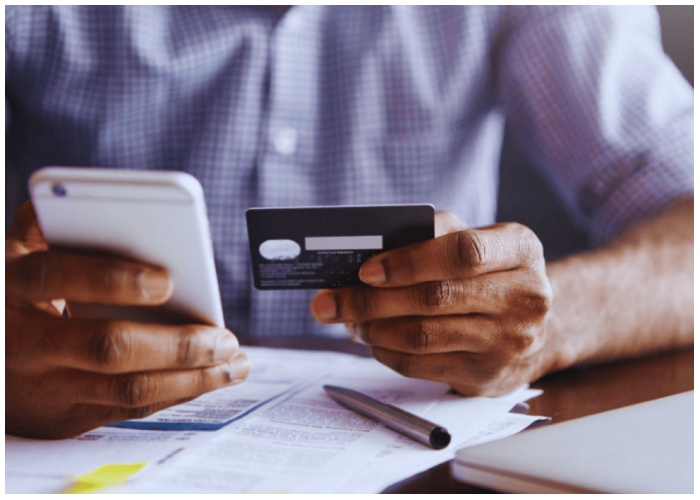In 2025, how we pay for things has drastically evolved. Gone are the days of digging through wallets for cash or swiping cards at checkout counters. Now, all it takes is a tap, a scan, or a swipe on a phone screen. Digital wallets—apps like Apple Pay, Google Pay, PayPal, and other mobile payment platforms—are not only more convenient but are also reshaping how people spend, budget, and even save money. This shift is part of a broader trend toward smarter, more streamlined living—and it’s changing our relationship with money in powerful ways.
Convenience That Drives Behavior
The biggest appeal of digital wallets is speed and convenience. Whether you’re buying coffee, splitting a dinner bill with friends, or paying for groceries, mobile payments can take just seconds. This ease is one reason they’ve become so popular. In fact, millions of users globally now rely on these tools for everyday purchases.
But convenience comes with a twist: when spending becomes so simple, it can feel less real. You’re not physically handing over cash or even inserting a card—just tapping your phone. That can lead to mindless purchases if you’re not paying attention. At the same time, it can also create opportunities for better budgeting, since every transaction is automatically recorded and easy to track.
Better Tracking Means Better Habits
One of the most underrated benefits of digital wallets is how well they support budgeting and expense tracking. Every time you make a payment, your phone or app logs it. That means at the end of the day, week, or month, you can see exactly where your money went—without needing to save receipts or manually enter data.
Many digital wallet platforms now include built-in features to help users see patterns in their spending. You might get alerts when you’ve spent more than usual in a category, or even receive weekly summaries that show where your money is going. These features can encourage healthier financial habits and keep people more mindful of their daily decisions.
A Shift Toward Contactless and Secure Transactions
In a post-pandemic world, many people became more cautious about touching surfaces and handling physical cash. That’s another reason digital wallets took off—they’re contactless, quick, and hygienic.
But beyond convenience and cleanliness, digital wallets are also surprisingly secure. They use encryption, tokenization, and biometric authentication like facial recognition or fingerprint scanning to keep your data safe. If you lose your phone, you can usually lock or erase your digital wallet remotely, which makes them safer than a lost physical wallet full of credit cards.

Encouraging Financial Inclusion
Digital wallets aren’t just popular in tech-savvy cities—they’re also transforming how people in underserved communities access money. In many places, especially in developing regions, mobile payments have provided banking access to people who don’t have traditional bank accounts.
By removing barriers like minimum balance requirements or in-person applications, mobile wallets are making it easier for more people to save, transfer, and manage money. In turn, this is promoting financial inclusion and supporting small businesses that previously relied on cash-only transactions.
Loyalty, Rewards, and Smarter Shopping
Another reason digital wallets are gaining ground? They offer perks. Many apps integrate loyalty programs and rewards systems that encourage users to shop smarter. For example, some platforms track your purchases and offer cashback, discounts, or points you can use later. Instead of juggling multiple physical cards or reward apps, you get all your benefits in one place.
This convenience creates a better shopping experience while also encouraging repeat business for brands. And for consumers, it means spending that pays you back—literally.
The Downsides to Watch For
Despite their many upsides, digital wallets come with a few caution flags. As mentioned earlier, the ease of spending can lead to overspending. When you’re just tapping a screen, it’s easier to lose track of how much you’ve spent throughout the day.
Also, relying too much on mobile platforms can be risky if there’s no backup plan. A dead phone battery, poor internet connection, or technical glitch could temporarily cut off your access to money. It’s wise to always have an alternative payment method available just in case.
Lastly, while mobile payments are generally secure, users must remain vigilant. Avoid using public Wi-Fi when making transactions, and always enable biometric or password protection on your wallet apps.
Digital wallets are becoming the norm, offering efficiency and control in spending. While convenient, it’s important to use them intentionally to enhance financial health.